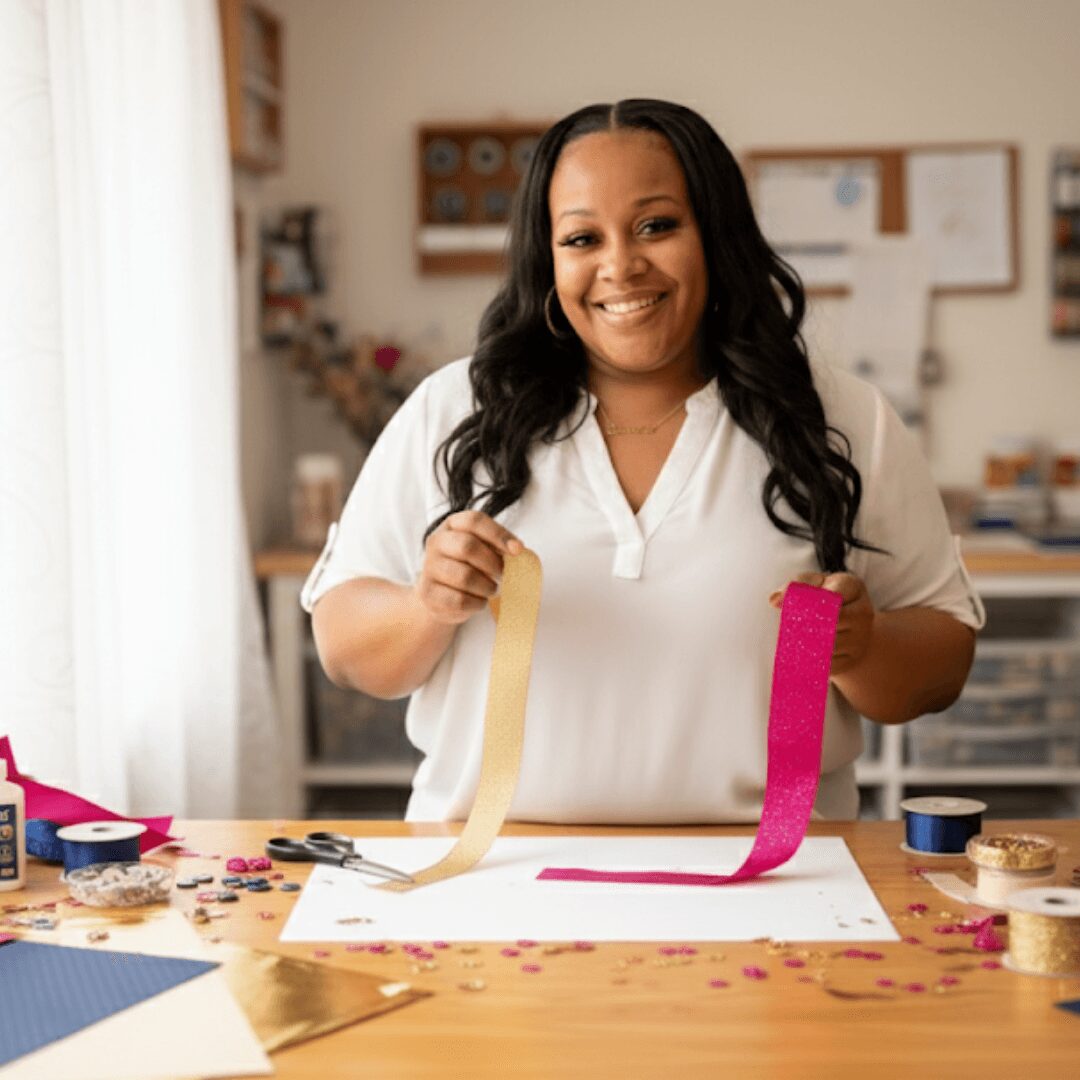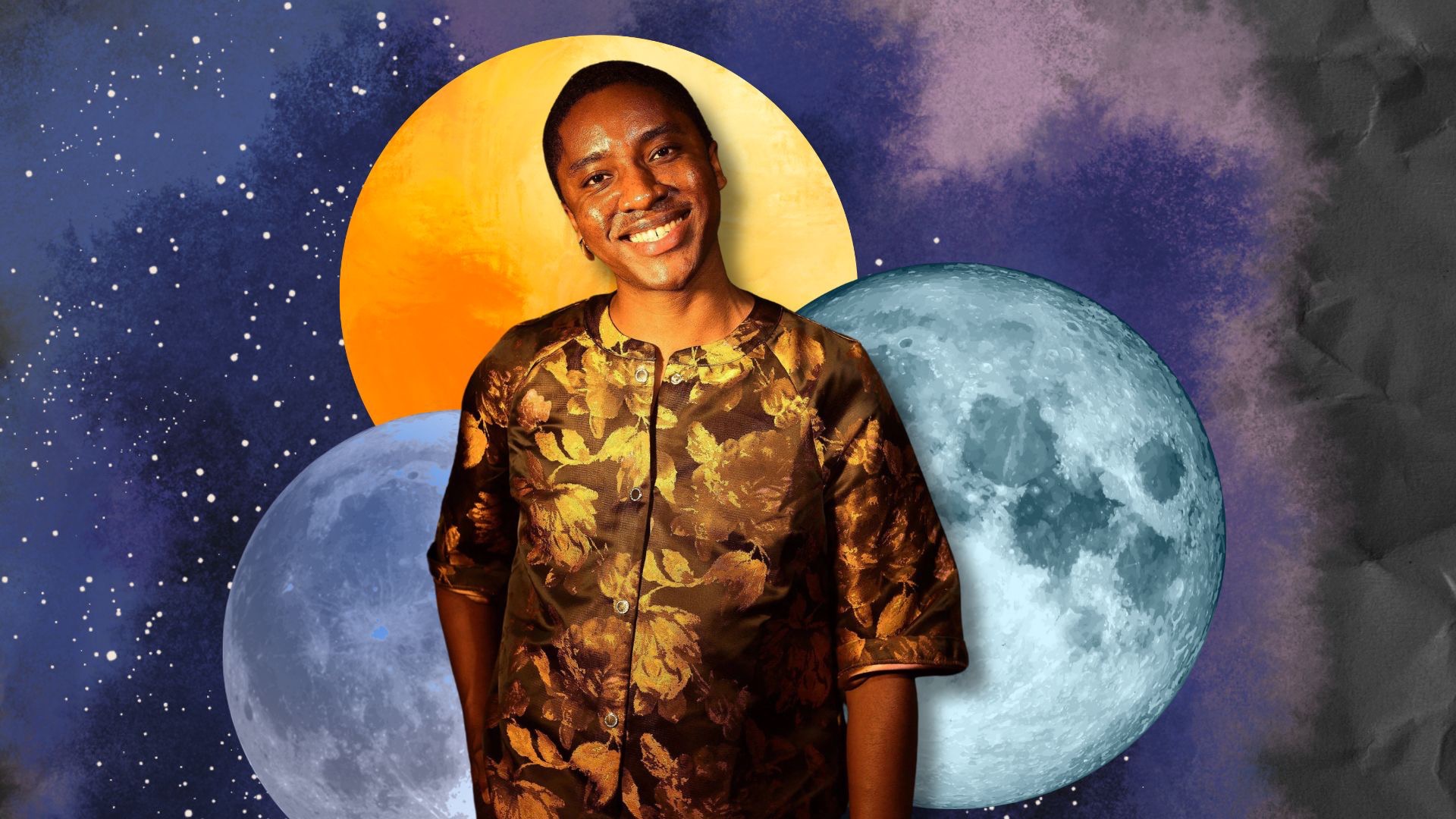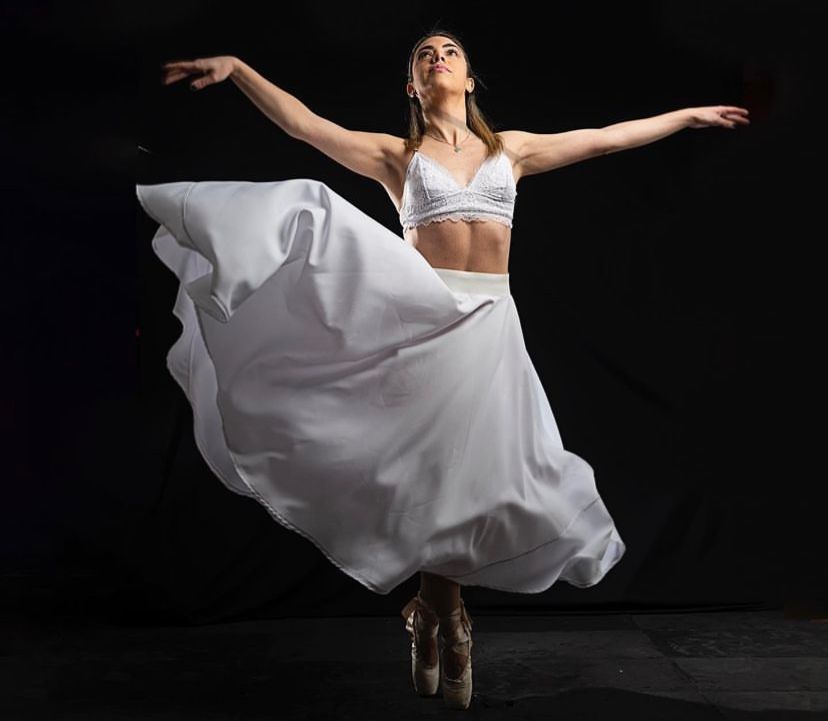We recently connected with Adria Arch and have shared our conversation below.
Adria , so great to have you with us and we want to jump right into a really important question. In recent years, it’s become so clear that we’re living through a time where so many folks are lacking self-confidence and self-esteem. So, we’d love to hear about your journey and how you developed your self-confidence and self-esteem.
I am a professional artist, which means that I spend every waking hour either making my work or putting my work out in the world. Now 40 years into this career, I can look back and say that knocking on the doors of the art world has been humbling. But about 15 years ago, I decided to find out what I needed to do to get my work seen, and that is what turned around my confidence as an artist.
After four years of art school and another two getting an MFA, my self-esteem was very much dependent on what I perceived was other peoples’ opinions of my work. No one tells you how to sustain your self confidence in school, where you’d think this would be important. Granted, I went to grad school in the 1980s and things have changed. But still. Apparently I missed the memo that the most important thing I could have done was to make friends with the “enemy” (the gallery owners and other gate keepers), and create a circle of like-minded artist friends, but my low self-esteem kept me as shy and as quiet as a dormouse. I thought that if I just did good work, I would be discovered. Real artists didn’t need to network. Real artists just do their work and the world will come to them. How very wrong I was.
I never doubted my own talent or my choices. It was only when it came to acceptance in the gallery scene that I doubted myself. So what was I doing wrong? Why were other artists able to show in galleries and I was not? (Don’t forget that white men ruled the roost in the art world, so I was bucking against that establishment and buddy system, too.)
Fast forward – I raised 2 kids, had a teaching career, and continued making my work with some shows and modest opportunities. But about 15 years ago, I decided to get some help figuring out what I was doing “wrong”. I searched for mentors and found Paul Klein, a wonderful teacher and inspiration who I worked with privately for about two years. He walked me through some of my misconceptions and pointed out that I had started to pull back, reducing the scale of my work, and moving further away from the art world. I had let myself become so intimidated by those folks that I was not able to get my work into the world in the significant way that I had very much wanted.
Paul pointed this out, and he helped me to understand how galleries work and how deeply important generosity and reaching out to other artists is. Connections and creating community is not only good for your artwork, it’s also good for your soul. As soon as began to see that I could make my own opportunities to show the work, and that my success as an artist did not depend on other’s opinions, I began to regain my sense of confidence.
In 2015, I did my first pop up show with a friend and fellow artist. We found a space in downtown Boston, shared the rent for a week, and with the help of social media, created a buzz for our work. It was so much fun and so energizing that I wanted to do that again and again. People came and enjoyed the work, though we did not sell anything, but I began to understand that what I was really looking for was an opportunity to show my work and have it be taken seriously.
That pop up allowed me the confidence to reach out to gallery owners in Boston, and to communicate about my work. And I grew to have the confidence to do work that was not easily saleable but was really in my heart to make. Now I have discovered Netvvrk, run by Paddy Johnson, and this online community is exactly what artists need to move their careers forward. This was what I was missing all those years, but now I hope that I can share my wisdom with others. It’s not YOU. It’s creating your own opportunities and not waiting for someone else to anoint you. Reach out, be generous and kind, and make your own thing happen.
Thanks for sharing that. So, before we get any further into our conversation, can you tell our readers a bit about yourself and what you’re working on?
I am a Boston based artist who creates large-scale, sculptural installations to evoke the complex beauty and emotional connections – joy, wonder, and solace – that humans find in abstracted natural forms. The poetic transcendence of the everyday is my ultimate goal.
Often suspended well above the viewer’s head, these installations create a sense of the space between the earth and the sky, and of sunlight broken by clouds casting shadows across a landscape. Large organic shapes cut from light weight material, spiraling and bending dancer-like, create a dynamic experience. The sculptures, in ever-changing relationship, suggest the experience of time passing with shifts of light and color.
I work with gravity: when tied to specific points with wire, the lightweight plastic material takes on voluptuous forms. Each time a piece is hung, it conforms to a new space. The ephemeral nature of a mutable sculpture is adaptable to our transient lives.
I am a member of Boston Sculptors Gallery. My next solo shows are at Southern Vermont Art Center this summer and at Able Gallery in Stoughton Wisconsin in September. I will be having a solo show of work at the Los Obispos Art Museum in California in November of 2025.
If you had to pick three qualities that are most important to develop, which three would you say matter most?
You have to be self motivated and having a strong work ethic. You have to make the best work you can make – which means to work constantly and to look at the best art you can find in museums constantly.
Lean into what makes your art different and unique, and then lean hard into that.
What has been your biggest area of growth or improvement in the past 12 months?
I have been working hard outside of my studio to find opportunities to show my work in the kinds of venues that I would most like to be. This has meant that I spend about half my work time on the computer, writing show proposals, networking with other artists, and researching grants and residencies. The Netvvrk community (www.netvvrk.art) has been essential to me for finding these opportunities.
I think that an artist trying to get exposure today cannot dismiss social media. It is essential to learn how to navigate this and use it to make artist friends and connections.
Contact Info:
- Website: www.adriaarch.com
- Instagram: @adriaarch
![]()
![]()
![]()
![]()
![]()
Image Credits
Melissa Blackall




